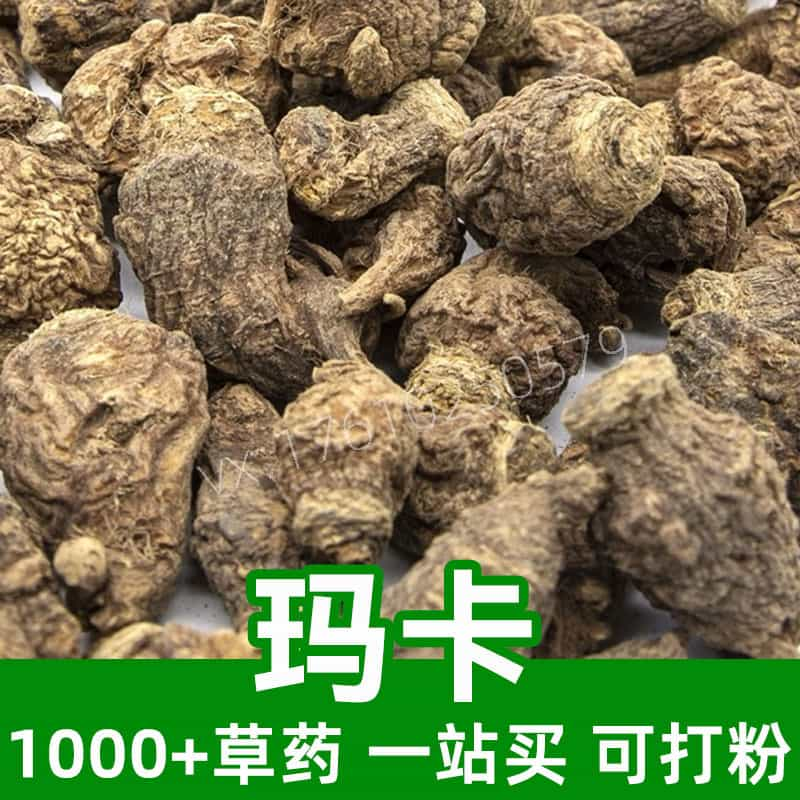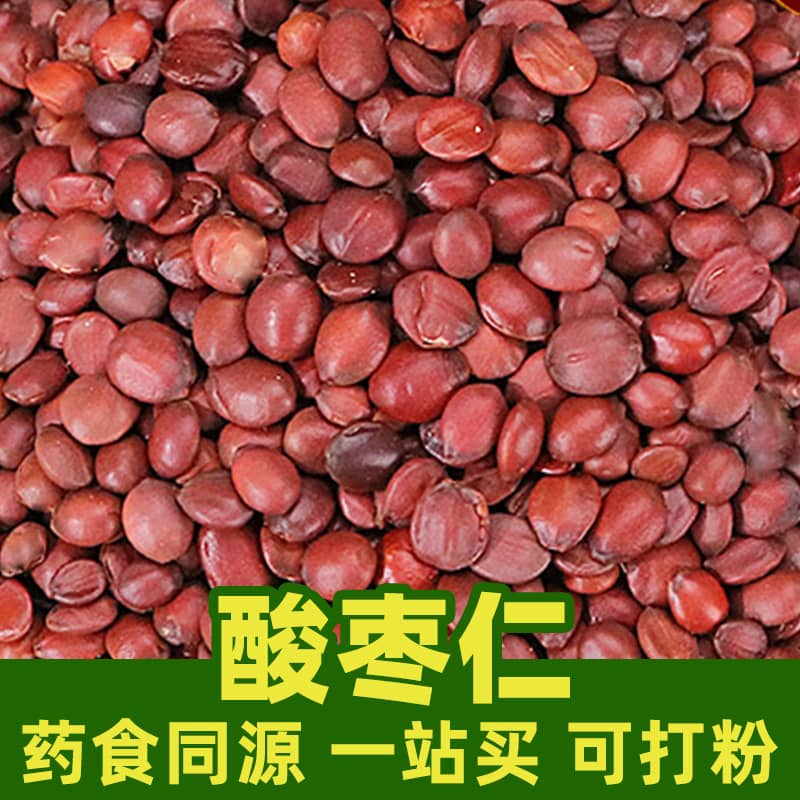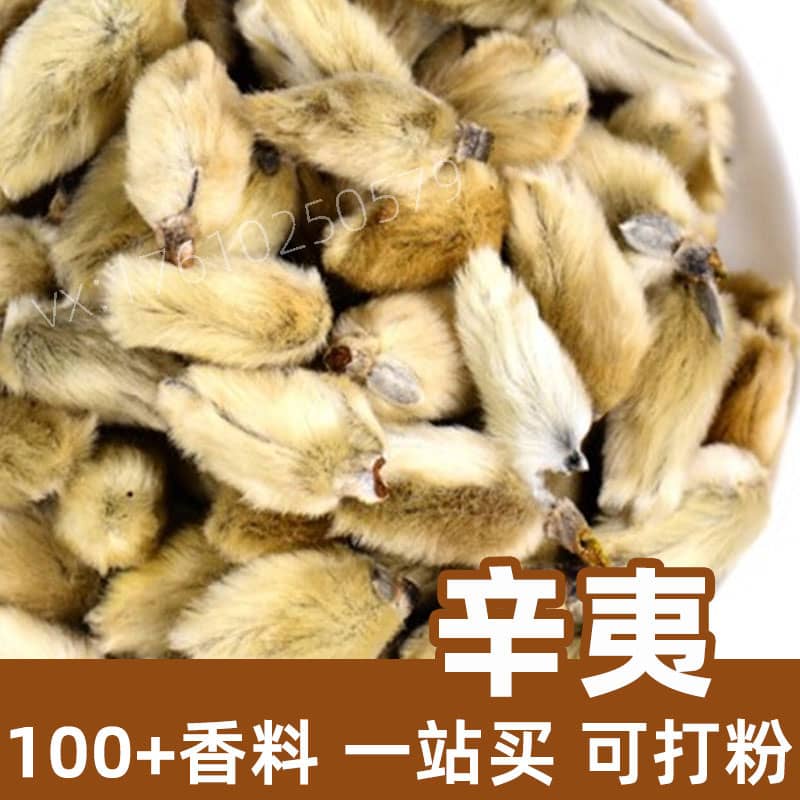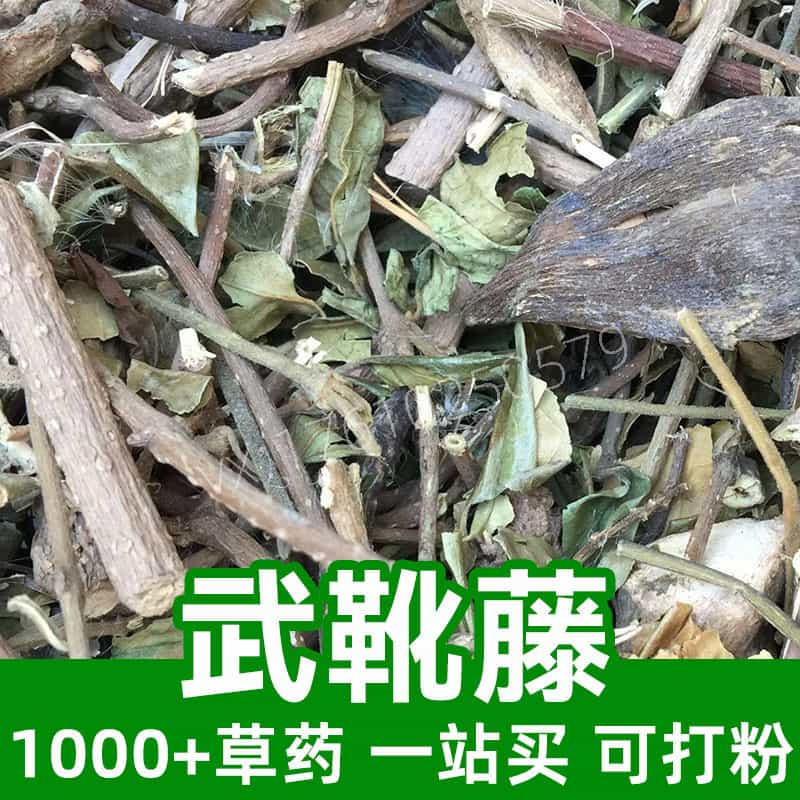Product Introduction
Ashwagandha, is a revered herb in traditional medicine, particularly Ayurveda. Known for its adaptogenic properties, it helps the body adapt to stressors and supports overall vitality. Extracted primarily from its roots, Ashwagandha boasts a complex profile of bioactive compounds like withanolides, alkaloids, and saponins. These contribute to its traditional uses for enhancing physical endurance, balancing energy, and supporting general wellness.
Native to South Asia, Ashwagandha thrives in arid regions, making it a staple in the herbal systems of India and beyond. Its applications extend to dietary supplements, herbal teas, and tonics aimed at promoting balance and resilience in daily life. Ashwagandha is well-regarded for its inclusion in both traditional herbal formulas and modern wellness products, often tailored to meet the demands of contemporary health-conscious consumers.
Main Active Ingredients
Ashwagandha's efficacy lies in its bioactive compounds, primarily **withanolides**, a group of steroidal lactones. These compounds contribute to its adaptogenic and stress-modulating properties by regulating the hypothalamic-pituitary-adrenal axis, which governs the stress response.
- Withanolides: Known for their antioxidant and anti-inflammatory effects, they help mitigate oxidative stress and promote cellular health.
- Alkaloids: These include compounds like anaferine and somniferine, which are thought to support calming effects and improve focus.
- Saponins: Contributing to immune health, saponins support the herb's role in maintaining overall wellness.
- Iron and Amino Acids: Trace elements and amino acids present in Ashwagandha make it a nourishing herb, especially in cases of fatigue or nutritional deficiencies.
Collectively, these ingredients give Ashwagandha its versatility in applications ranging from traditional formulations to contemporary dietary supplements aimed at maintaining balance and resilience.
Product Application Scenarios, Usage, and Dosage
Traditional Medicine: In Ayurveda, Ashwagandha is used to balance vata and kapha doshas. It is a key ingredient in tonics for rejuvenation, energy enhancement, and mental clarity. For these uses, a daily dose of 3-6 grams of powdered root, often mixed with warm milk or honey, is common.
Herbal Supplements: Modern applications include capsules, extracts, and tinctures designed for stress management and immune support. Extracts standardized to 5% withanolides are typical, with recommended dosages of 300-600 mg per day.
Functional Foods: The root powder can be incorporated into smoothies, herbal teas, or energy bars. This form is particularly popular among consumers seeking natural adaptogens in their diet.
Cosmetic Industry: Ashwagandha extracts are sometimes used in skincare products for their potential antioxidant and anti-aging effects.
Precautions: While generally considered safe, excessive consumption should be avoided. It is advisable to consult with a healthcare provider before use, particularly for pregnant or breastfeeding individuals or those on medication.
Introduction to the Source Plant, Distribution, and Growth Environment
Ashwagandha is a perennial shrub belonging to the Solanaceae family. It is native to the arid and semi-arid regions of India, North Africa, and the Middle East.
- Plant Characteristics: Ashwagandha grows to about 35-75 cm in height, with ovate leaves and small greenish-yellow flowers. The roots, the primary part used, are long, tuberous, and aromatic.
- Distribution: The herb is cultivated extensively in India, particularly in Madhya Pradesh, Rajasthan, and Gujarat, as well as in parts of Africa and the Mediterranean.
- Growth Environment: It thrives in well-drained, sandy or loamy soil with pH levels between 7.5 and 8.0. Ashwagandha requires full sunlight and minimal water, making it ideal for arid climates.
Harvesting, Processing, and Storage
- Harvesting: Roots are harvested after 150-180 days when the plant matures, typically between January and March. Careful uprooting ensures minimal damage to the roots.
- Processing: The roots are cleaned, cut into small pieces, and dried in the sun or under controlled conditions to retain their bioactive compounds. Some roots are further powdered or extracted for commercial use.
- Storage: Dried roots or powders are stored in airtight containers to protect against moisture and contamination. Maintaining a low-humidity environment and cool temperatures ensures prolonged shelf life.
Proper harvesting and storage techniques are crucial to preserve the potency and quality of Ashwagandha, ensuring its effectiveness in both traditional and modern applications.
Monica Sun is a seasoned expert in the natural raw materials industry, with over a decade of experience specializing in traditional Chinese medicinal herbs, spices, and fungi. She is skilled in the sourcing, processing, and application of these materials, emphasizing sustainability and innovation. Monica Sun has contributed to the development of high-quality natural raw materials that serve as essential components in functional foods, pharmaceuticals, and cosmetics, delivering tailored solutions to meet diverse market needs.















